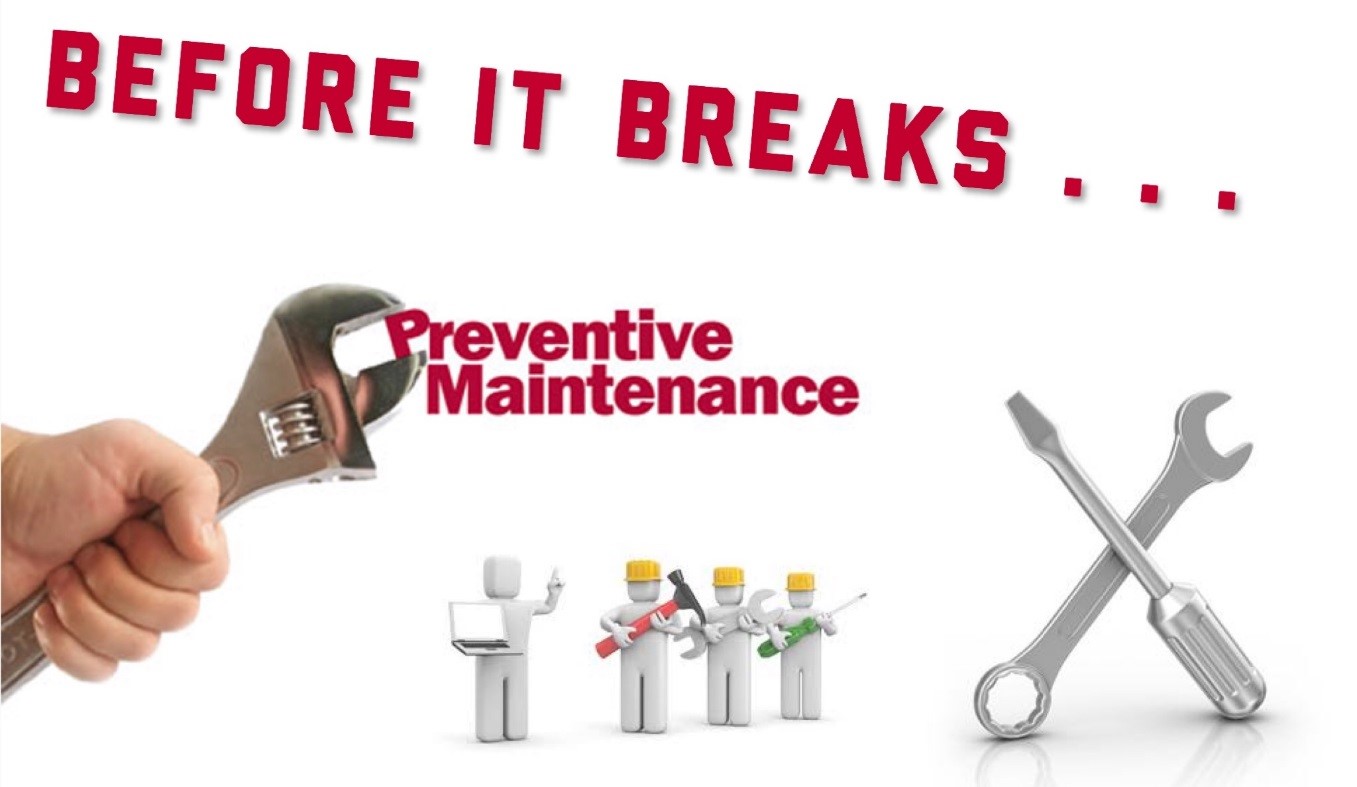Benefits of Preventive Inspection & Maintenance Services

1- Failure prevention: Regular inspections and diagnoses by specialist engineers will not overlook small changes in equipment conditions. Problems such as lost opportunities due to door failures can also be avoided.
2- Maintenance of comfort: The performance of the automatic door device that repeats opening and closing each time a passer passes is continually deteriorating. By carrying out periodic inspection and maintenance, it is possible to maintain a comfortable state at the beginning of installation for a long time.
3- Extension of service life: Periodic inspection and maintenance and appropriate preventive maintenance prevent sudden failures, prevent equipment performance degradation, and slow down the overall deterioration rate of the equipment.
4- Ensuring safety: In addition to daily inspections, regular inspections and maintenance by specialists will ensure that you can always use the automatic door safely and securely.
5- Reduction of running costs: By carrying out regular inspection and maintenance, sudden expenses can be avoided. Carrying out appropriate repairs in a timely manner extends the life of the equipment and does not lead to major repairs, resulting in a reduction in total costs.

Details of Inspection & Maintenance Services
|
1. Sash inspection
|
State of the header cover (damage, loose fastening material), guide rail state (confirm deformation, damage, rattling), door state (no danger of cuts, scratches, etc.), glass condition (Safety glass / anti-scattering film attached, no damage)
|
|
2. Suspension inspection
|
Hanger rail status (abnormal noise, damage, loose fastening material), door hanger status (abnormal noise, damage, fastening material loose, dance clasp), stopper status (damage, finger clamp prevention 25mm or more)
|
|
3. Checking the power actuator
|
Abnormal noise during manual opening and closing, interference check, loosening of door engine fastening material, grease leakage, anti-vibration rubber damage status, drive, driven pulley status (rotation, crack, chipping), electric lock model, operating status, manual unlocking (Applicable models only), electric lock controller model / connection status, timing belt (chain wire) status (crack, whisper, kink, rust)
|
|
4. Control device inspection
|
Check whether the operation is performed according to various settings (opening speed, closing speed, opening timer, cushion operation), control device status, motor control voltage (11V or more), effective opening width measurement / confirmation
|
|
5. Sensor inspection
|
Sensor (startup / combination) detection range and sensitivity, Sensor (protection) detection range and sensitivity / protection area stationary detection time, auxiliary sensor operating status
|
|
6. Electrical circuit
|
Support / connection status of wiring and presence / absence of coating crack, equipment continuity check (protective grounding check), power supply voltage measurement (once / year), insulation resistance measurement (if necessary)
|
|
7. Electric lock
|
Operation status of electric lock
|
|
8. Safety check
|
Safety protection “open” operation (various safety protection measures implemented), safety protection “closed” operation (various safety protection measures implemented)
|
|
9. Display / Warning, etc.
|
Attaching stickers ((1) display, (2) warning, (3) door pocket, (4) model), optional device status (battery model, capacity, usage period, etc.) (WO operation, PC-1 operation, HDC, etc.)
|